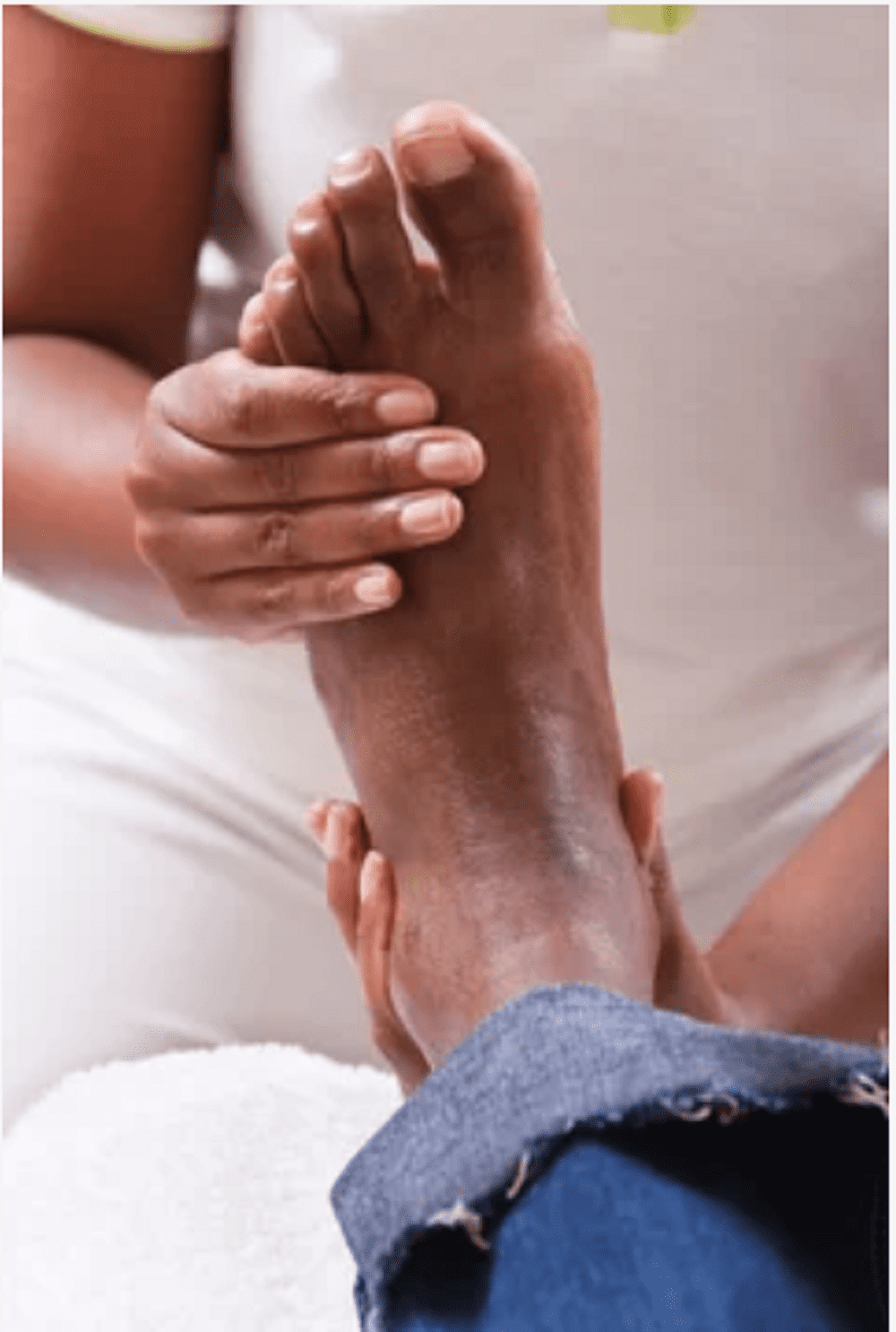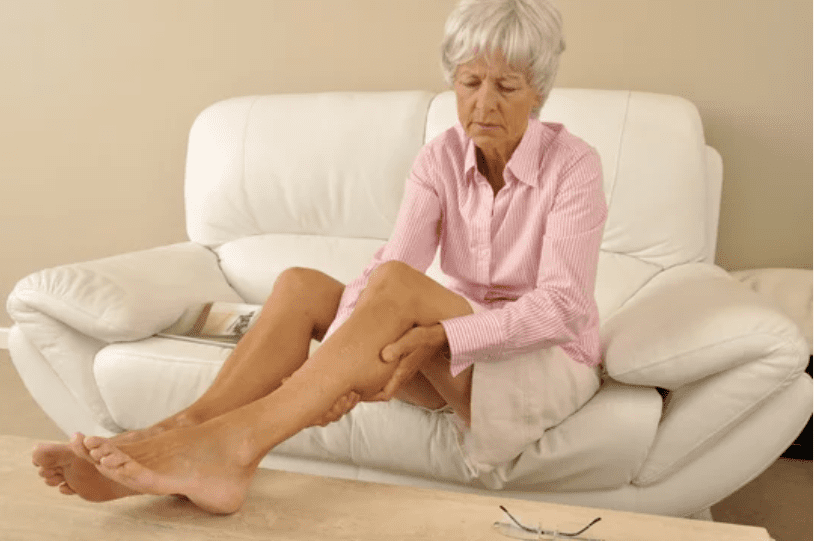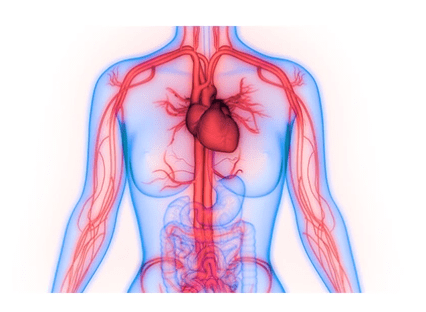
Want to improve Circulation and PREVENT Vascular Disease? Keep Reading!

You can delay/prevent cardiac arrests and peripheral arterial disease (PAD) by altering particular lifestyle habits, exercising, and lowering your risk factors, resulting in less discomfort and ulcer formation in the leg.
Increase Circulation
Do not use any type of tobacco, including cigarettes or chewing tobacco. Tobacco and smoking are the leading causes of PAD.
Eat a low-cholesterol, low-saturated-fat diet to lower your risk of atherosclerosis. Which leads to the formation of plaque in your arteries. Blood flow from and through the blood arteries is slowed or blocked by plaque.
Participate in a walking routine to increase leg circulation and foster the creation of new blood vessels. Seek help from your counselor.
Lose weight if you are overweight. For every pound of fat, your heart must pump blood through an additional mile of blood arteries.
Keep an eye on your blood pressure. High blood pressure (hypertension) increases your risk of heart attack, stroke, heart failure, and kidney damage. The blood pressure is expected to be 120/80. If you have diabetes, your blood pressure will be less than 130/80. Consult your health care practitioner if you have high blood pressure.
If you have diabetes, make an effort to keep your blood glucose levels under control.
Because of the damage that diabetes and hypertension may bring to blood arteries, people with these conditions are more likely to develop PAD. If you're having problems controlling your diabetes, speak with your doctor.
Make sure your feet are in good shape.
If you have diabetes, look for bruising, blisters, red markings, ulcers, fissures, and swelling on your feet.
If you have problems seeing, check the bottoms of your feet with a mirror or ask a family member for assistance, as they are sometimes painless in diabetics.
If a cut, sore, blister, or bruise does not heal after several days, contact your health care practitioner straight once. A specific dressing may be used by your health care practitioner to help the wound heal and prevent it from infection.
Every day, wash your feet with a light soap and a little warm water. It's best not to drench your feet since they'll dry out.
Your feet are nice and dry. You can count on a quick dry between your toes.
Apply a light layer of lotion or cream to dry skin, but not between your toes. Stop using scented lotions.
Using a pumice stone, smooth out the corns and calluses.
Cut your toenails straight across and smooth the edges with an emery board or a nail file.
Always wear socks with your shoes.
Never go on a walk barefoot.
Cover your feet with well-fitting, comfy shoes with a soft sole.
Wear socks at night if your feet are chilly.
Always look inside your shoes for worn patches or anything that might cause foot ulcers. Inquire with your health care provider about Special Shoes.
Avoids crossing your legs for lengthy periods of time. Instead, cross your legs to your ankles.
2 or 3 times a day, wiggle your feet and move your legs up and down for 5 minutes.
We are just a call or click away. To learn more, book an appointment online or over the phone with PeachState Advanced Cardiac & Endovascular. We have several locations in Georgia: Newnan, Atlanta, & Griffin.
You Might Also Enjoy...


Should I be worried about my numb feet?

Can leg cramps be a sign of something serious?

Meet Dr. Odiete - PACE Cardiovascular Specilaist

Keeping your Vascular System Healthy


